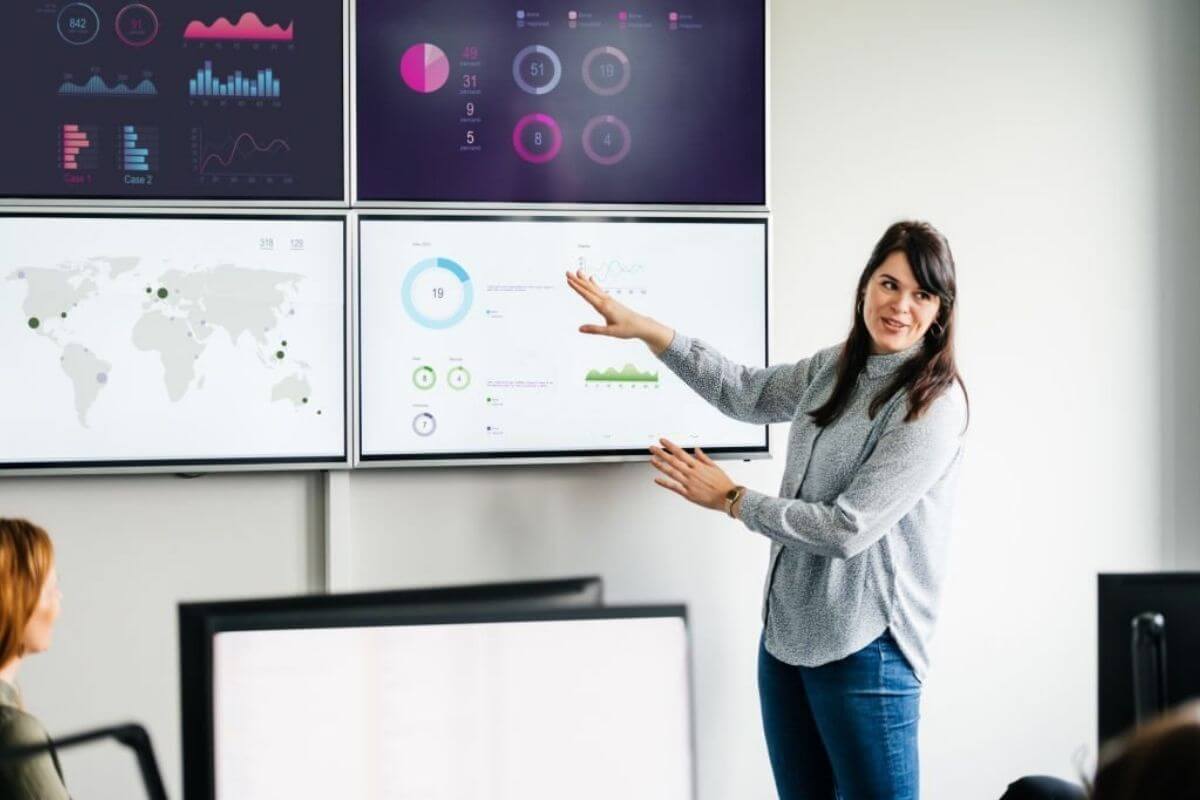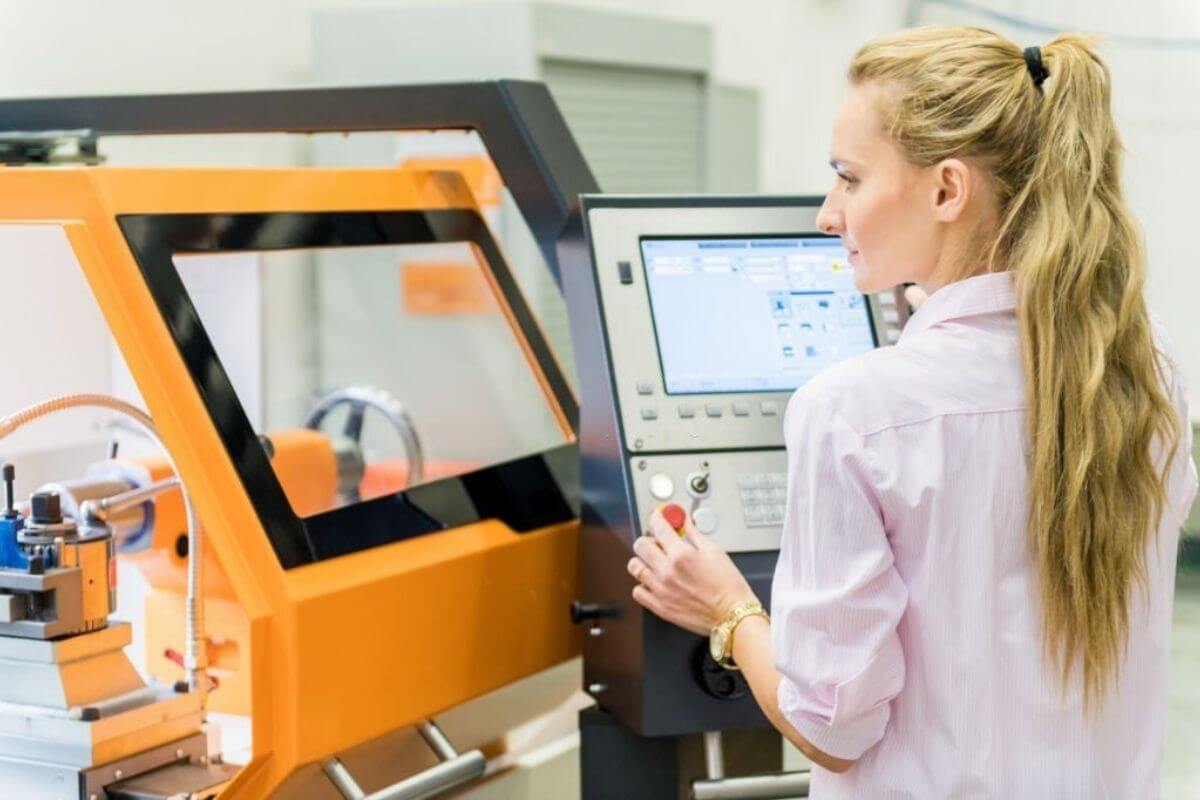How to Improve Conversion Rate in Retail Using Footfall Data?
If you own a major shopping center or a tiny retail store, you will need to rely on high-quality footfall data to make accurate and effective business decisions. In this blog check out the detailed guide about how to improve conversion rate in the retail industry using Footfall data.
Businesses today need to be more efficient and agile in order to maintain a competitive edge in their industries. Retail stores are more so, especially with the growing dominance of online shopping.
Using smart technology to collect and analyze key business data is one of the many ways your retail business can maintain its market share. An XR footfall counting system and RFID acounting system (for inventory management) are two examples of smart technology that can be of great use to your retail business.
As a retail owner, an XR footfall counting system can assist you in obtaining critical data about customer behavior through in-store retail analytics; specifically, data on footfall. This may appear to be an insignificant metric to monitor, but it can lead to numerous business opportunities.
So, whether you manage a large shopping center or own a small retail store if you want to make accurate and effective business decisions, you will need to rely on high-quality footfall data.
What Is Footfall Data?
Footfall data is a measurement of the outcomes of footfall counting (also known as traffic counting, customer counting, or people counting). It is the process of tracking the number of customers who visit your store and analyzing movement and behavioral patterns within context.
This data is important because you can determine other key metrics that are critical for business survival and growth in today’s retail climate by counting how many people enter your shop. Some of these metrics include average value transaction (ATV) and conversion rates.
Why Is Footfall Data Important in Retail?
Footfall data provides a wealth of key insights that can assist you in making better decisions that will improve the operations of your retail business, your customer relationships, and, consequently, your profit margins and sales.
Tracking footfall allows you to see how many purchasing opportunities you have in-store in real-time, on any given day; that is, the number of customers who enter your store.
You can then compare this data set to the store sales data (the number of shoppers who actually make a purchase) to identify missed sales opportunities (conversion data). These gaps can then be improved on with strategic operational changes because they are informed by actionable insights that can improve the customer experience and drive sales.
How to Measure Footfall in Your Retail Business
It is really simple to gather footfall data when you use the right counting system in your store. That said, not all footfall counting systems are created equal.
The most accurate footfall counting systems use combined features, like advanced machine learning algorithms, Wi-Fi trackers, thermal imaging, and 3D video counters to record and detect how many people pass through the counting zone.
The footfall data is then recorded in real-time via the Internet-of-Things (IoT), mobile phone apps, or web browsers.
There are numerous metrics that can be used to collect comprehensive footfall data in-store, but the following are the most important key performance indicators (KPIs) to monitor:
- Dead and hot zones in the store
- Product placement and how it is driving sales
- Staff scheduling
- Lowest and highest performing hours
- Foot traffic outside the store
- Exits and entrances for inflow patterns
- In-store visitor flow
- Dwell time
- Visitor traffic count
- Pedestrian foot traffic
How to Use Footfall Data in Your Retail Business
The primary functions of footfall data in your retail business are to help you better understand your customers and to measure how well your business is performing when footfall data is integrated into data analytics systems.
You can also use the same data to:
- Determine your peak hours
- Evaluate the performance of your store layout
- Understand the impact of store promotions
- Learn about your worst performing days in terms of conversion rates and other metrics
With footfall data, you can gauge the value of loyalty card events – do they increase traffic, when should you have them, who is buying, or who is there to just enjoy the event?
After analysis, you can work on improving the shopper-to-staff ratio, in-store traffic flow. Moreover, you can also:
- Make better use of your budget
- Improve new service training programs
- Manage queues effectively to reduce cart abandonment and wait times
- Increase profitability and conversion rates
You can use footfall data from your store to better understand if your business activities and efforts are yielding a positive return on marketing investment and how changes in product placement and layout may affect visitor behavior.
As a result, your company will have an advantage in converting window shoppers into customers, targeting peak hours, and ultimately optimizing store performance.
A Treasure Trove of Information
Footfall analytics can provide a wealth of valuable information about customer behavior to businesses of all sizes.
The number of technologies that can be used to measure footfall has steadily increased as digitalization has progressed. Integrating these technologies into your retail business will help you in staying ahead of the competition and optimize your business operations.

Subscribe & get all related Blog notification.





Post your comment